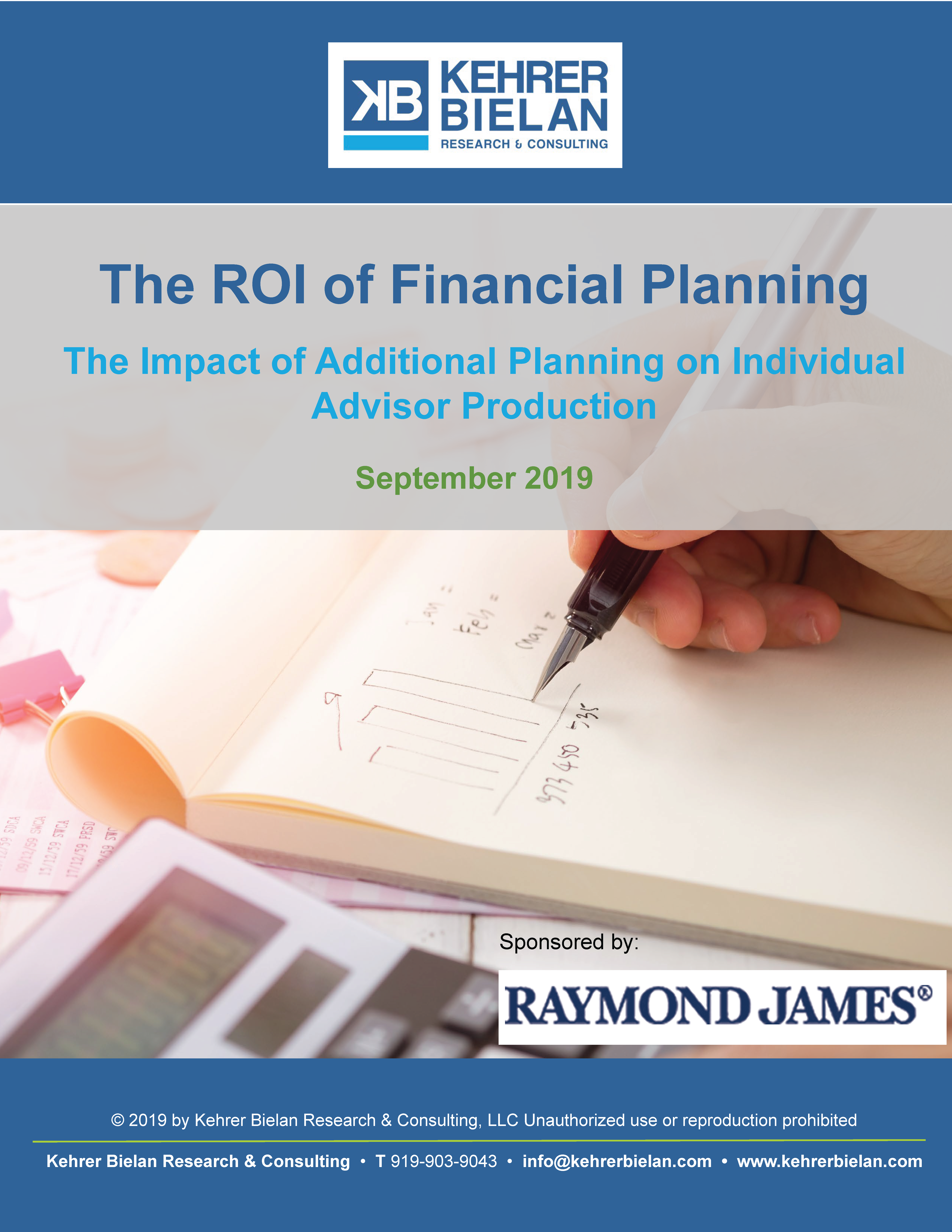Finding Hidden Assets in an Advisor’s Book

The client books of advisors in banks and credit unions have hundreds of clients with one or a few small accounts, the legacy of the one-and-done, referral-driven transaction culture. Their investment services directors would like to pare down the advisors’ client headcount so they can focus on providing holistic advice to more promising clients. At the same time, they would like to understand which of the clients that have only small holdings with their firm have substantial assets held at other firms. But systematically contacting them appears to be unmanageable given the sheer size of the project. Larger firms have access to consumer databases that help them prioritize which of these clients are more likely to have substantial “hidden assets.” But what can smaller firms do?
Finding Hidden Assets in an Advisor’s Book
Kehrer research has demonstrated that the likelihood of having substantial assets at other firms is correlated with the kind of investment or banking accounts that clients have where they bank, and that a client with a combination of those accounts is 12 to 14 times more likely to have hidden assets than an average client.
These findings are based on our analysis of the RFI Global’s Macromonitor, the largest, most comprehensive survey of the use of financial services by US consumers and their perceptions and preferences for products and providers. The Macromonitor has been conducted every other year since 1978 by the Consumer Financial Decisions Group (CFD), now a unit of RFI Global. The 2020-2021 survey consists of a national representative sample of 4,254 households, including an over sample of affluent households reweighted to be representative of the total US population.
The data collected through the Macromonitor include:
- Whether the household has an investment account where it banks
- The household’s total investable assets
- How much is held at the bank
- How much is held at other firms, and where
- Preferences for obtaining financial advice in-person, by telephone, and online
The data allow us to develop a profile of households that are likely to have significant assets held away from the bank or credit union where it has an investment account. The profile we have developed relies on information the institution is sure to already know about the household – the different types of products and services the client current owns or accesses at the bank.
Because the Macromonitor includes questions that indicate the household’s relative preference for various delivery channels, the data allow us to profile against those preferences as well, providing insight into whether a client would be satisfied with being served by an investment call center or digital advice platform.
Sponsorship fee: $30,000


